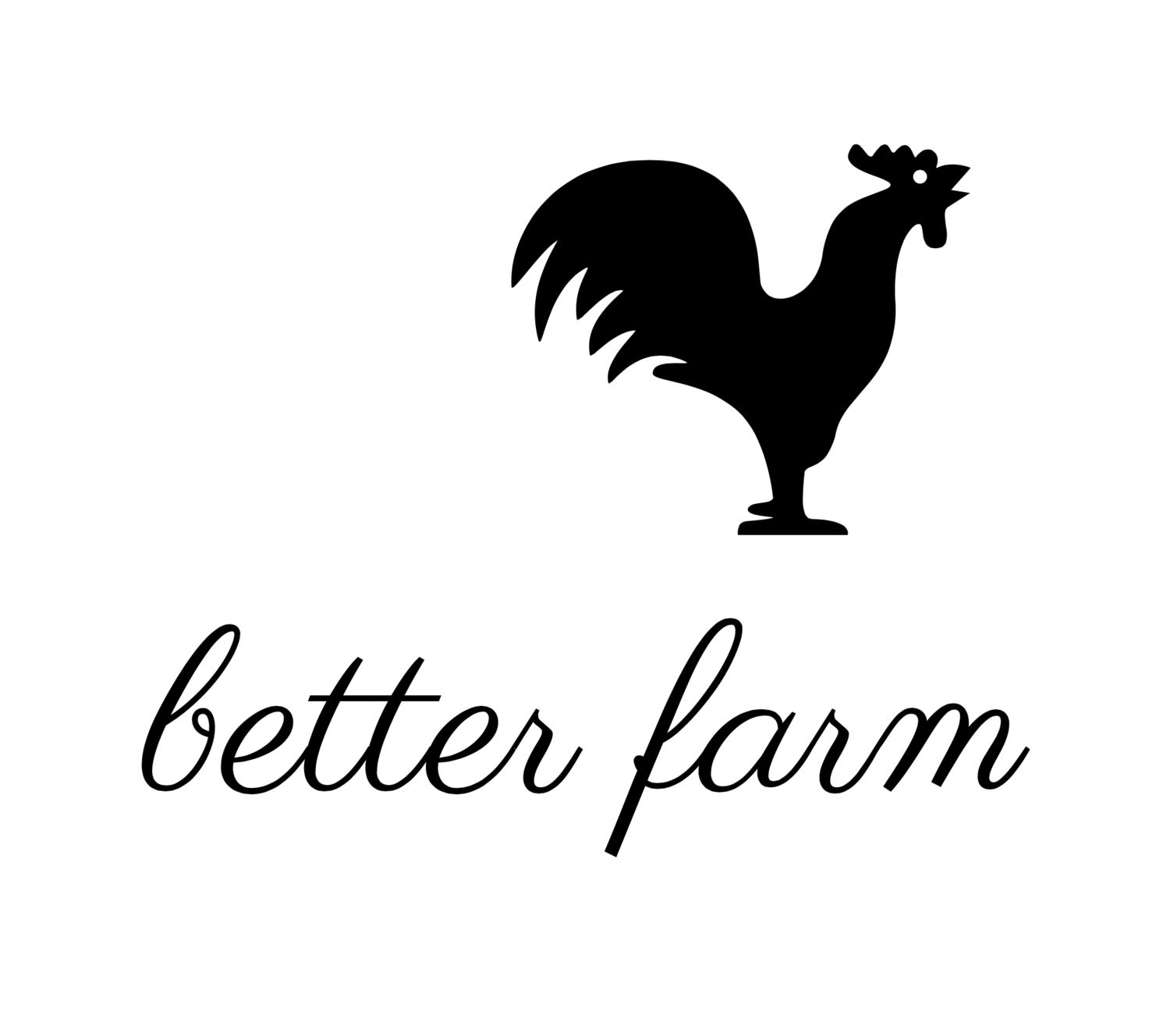The Wonderful World of Compost
/"Anyone can have dirt. Gardeners have soil."
- Unknown
People have been growing food in unforgiving locations since the dawn of time. Here at Better Farm we're faced with the problem of wanting to be self-sustainable and grow our own veggies, but the "soil" we want to grow in is essentially useless clay. Besides cozying up to local farmers so we can relieve them of their extra cow manure, the most obvious thing to do is take our excess food scraps, leaves, and lawn cuttings and turn them into useful compost.
Our methods run on the primitive side – a
that periodically gets dumped into a chicken-wire surrounded pile outside. This is how my family did it while I was growing up in Maine, and for a while I just assumed that was how it was done. But like everything else, composting has become a niche market, with backyard
luring consumers to better-faster-easier results.
I'm not opposed to easier methods – if the plants are getting what they need, then whatever works with someone's schedule is fine with me. But what really interests me is when the composter is not just designed for its fast results, but for its fashionable looks. While visiting the Brooklyn Botanic Garden, I noticed they had an exhibit showing a few different compost container options:
So whether you simply punch holes in a trashcan, build a bench, or invest in a high-tech tumbler, just make sure you're saving those food scraps—your garden will thank you!
























































